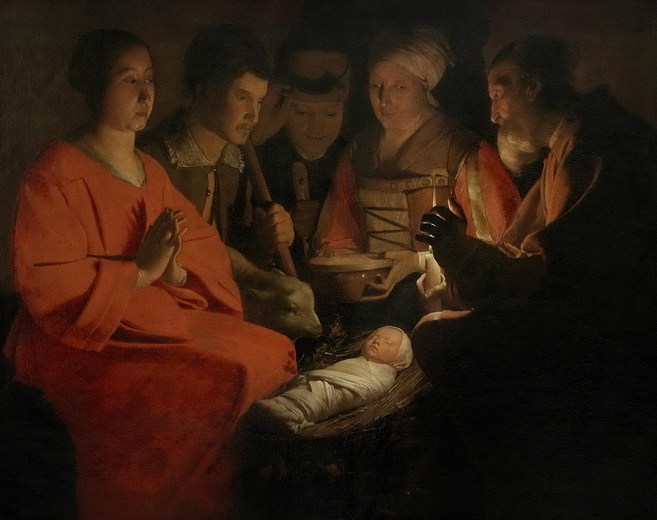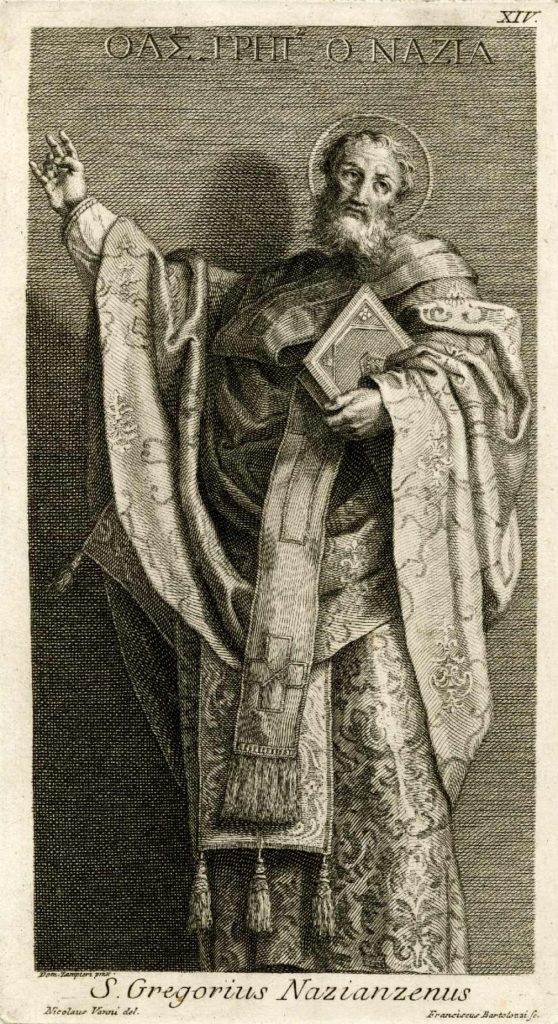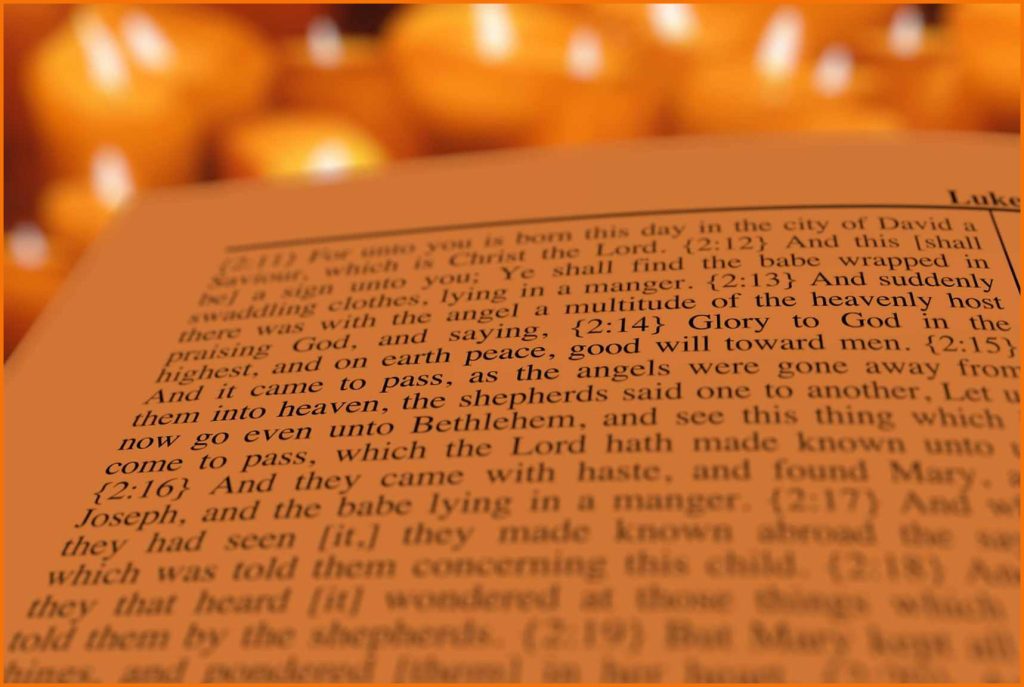Luke 2:17
“You shall find the infant wrapped in swaddling clothes, and laid in a manger.”
Swaddling Clothes
The use of swaddling clothes, which were narrow strips of cloth, usually linen, or cotton, were a common method of caring for babies after birth. After washing, and oiling of an infant, this wrapping provided the baby with security and warmth.
The verbiage of Luke’s writing is “wrapped in swaddling clothes,” uses the Greek word, “Esparganosen” which is the past tense of the word “Sparganoo,” which means “to wrap,” a similar word to what was used to speak of the wrapping cloths used for the dead at burial.
Biblical scholars from the early church spoke of the swaddling clothes of Christ as a foreshadowing of His death, burial, and resurrection.
Gregory Nazianzus (329-390), one of the Cappodocian fathers, of the Orthodox Church in Asia Minor (modern day Turkey) stated such prophetic symbolism in a sermon, saying,
“He was wrapped in swaddling clothes —
but He took off the swathing bands of the grave by His rising again.”
The French painter, Georges de La Tour in his work, “Adoration of the Shepherds” (L’adoration des Bergers) c.1645-1648, shows the Christ child wrapped in such a way, that some art critics say, the baby appears lifeless. Was La Tour depicting a prophetic image of the foretelling of Christ wrapped not only in swaddling cloths, but in His death, and burial?
Could it be however that God, in the scriptures, was foreshadowing the death of Christ even at the beginning of His life? It seems so. An Israelite’s thought when seeing a firstborn lamb at birth, was that “this lamb is destined for sacrificial death.” So it is with the Christ child. At birth, God wanted us to know that this baby, wrapped in cloths, was speaking of His death. He would strip off death in resurrection power, fulfilling the plan of redemption.
Swaddling Clothes alone was not “the sign.” The Manger
The angel told the shepherds that the “sign” of the birth of the savior. (Luke 2:12), would be that the wrapped up baby, would be lying in a manger; (Greek: Phatne), a feeding trough for livestock.
This manger bed was not a lovely basinet or cradle. On the contrary, this manger was a messy, unsanitary trench basket, where hungry animals would feed. So too, Christ was sent into this world, as the pure and spotless One, yet to be cradled and dwelling among a soiled and sinful human race.
Consider that a manger was a place of feeding. God was surely foretelling here that Christ was destined to be the feeder of hungry souls.
Christ Born in Bethlehem
Bethlehem – Hebrew Prefixes and Suffixes
Like many languages: Hebrew will sometime combine two or more words to make a singular word.
Beth (Hebrew) as a prefix: means “place,” or “house.”
“Bethsaida” means “House of Fishing.”
“Bethany” means, “House of Affliction” (or other scholars suggest it is means, “House of Dates.”)
Bethlehem: Beth/Lechem (Bethlehem), means “House of Bread,” which indicated that the small town of Bethlehem was known for much baking of bread.
We know that Christ was born in Bethlehem, in fulfillment of the prophecy of Micah 5:2.
Christ, the “Bread of Life”, Born in the “House of Bread,” and placed in a “Manger”
Jesus said, ” I am the bread of life. He who comes to Me shall never hunger, and he who believes in Me shall never thirst.” John 6:35
Christ is the “Bread” is He that has the power to satisfy the deepest spiritual hunger of the heart. A life of meaning, purpose, satisfaction, and fulfillment can be ours when we receive Christ, the “Bread of Life.”
Therefore we see that God was speaking to us in the birth of Jesus.
CONSIDER THIS: Jesus, “the Bread of Life,” was born in “the House of Bread,” and placed in a manger “A Bread Basket”
What about you? Have you received Jesus Christ, as your Lord and savior? He truly is the satisfier of every heart? May we never settle to feed on husks, but to feast upon Jesus, the Bread of Life.
images: 1. Featured image: https://pixabay.com/photos/luke-2-14-gospel-bible-jesus-4621169/ (edits: Charles Curtis), 2. Gregory Nazanius – a Cappadocian Father en.wikipedia.org/wiki/Gregory_of_Nazianzus 3. Georges de La Tours – “Adoration of the Shepherds” Louvre Museum, Paris, (L’adoration des Bergers) Musee de Louvre https://commons.wikimedia.org/wiki/File:Georges_de_La_Tour_001.jpg













